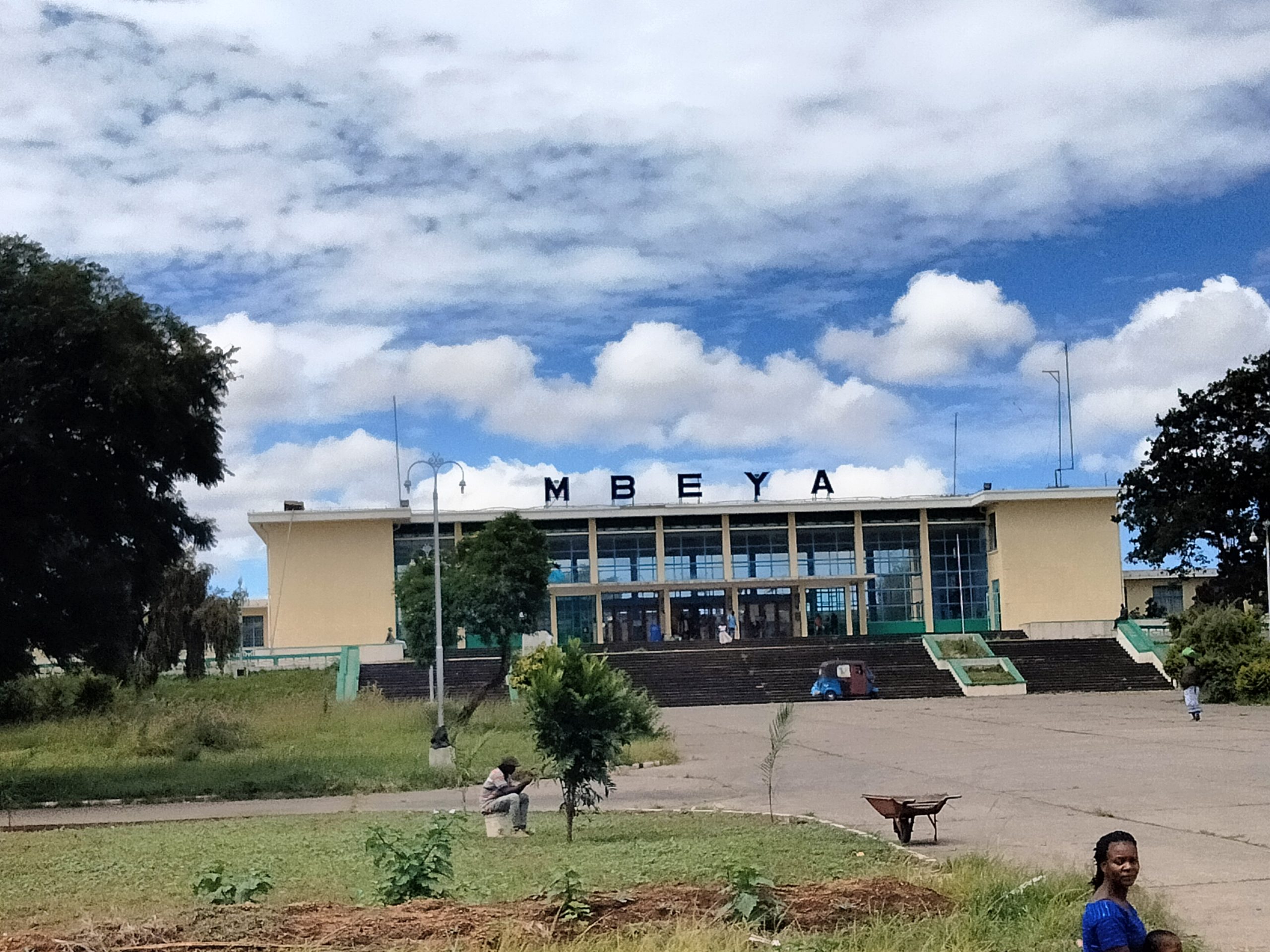Kitulo Plateau
Southeast of the city, Kitulo Plateau National Park is known for its colorful wildflowers; its orchids, and native flora. The plateau is located at an altitude of 2600m. A wonderful area for walking tours.
The locals also refer to the Kitulo Plateau as ‘Bustani ya Mungu’ – the Garden of God. Kitulo is therefore a wonderful floral spectacle for about 350 species of plants, including 45 species of orchids that bloom luxuriantly during the rainy season from late November to April.
You can make beautiful trips here on foot and horseback. The only game that runs there are the reedbuck and elk.
Kitulo is also a birdwatching area. For example, the endangered blue swallow breeds her
Ngosi crater lake
Just south of Mbeya is Lake Ngosi, a huge crater lake surrounded by a dense forest, rich in birdlife. The green shimmering Ngosi Crater Lake was formed about a million years ago. The wide caldera is filled with shiny alkaline ‘soda’ water. The lake has spiritual significance for the local residents. The waters of the lake are said to have magical medicinal powers.
The picturesque lake is located at an altitude of 2600 m in the Uporoto mountains. You can hike or climb there with special guides who are familiar with the route through this dense Uporoto forest. A 2-hour route leads past waterfalls, gorges and valleys. Along the way you will encounter Colobus monkeys and many bird species.
Kiwira river
In the vicinity of the small town of Tukuyu runs the Kiwira River, a magical attraction through its stories and myths. The locals will love to tell you about the wonders of the river, which they associate with the powers of God.
The river is known for its natural attractions, such as waterfalls, rapids and the legendary ‘Kijungu’, or cooking pot. Kijungu owes its name to the ‘pot-like’ shape of the basin into which the water falls, which forms a whirlpool and seven days later (!) continues its journey downstream along the rocks. From Kijungu the river continues through the volcanic rocks for about eight kilometers to ‘Daraja la Mungu’, God’s bridge, (a natural bridge formed by the river). Before reaching the natural bridge, there is an artificial bridge, at a point where the banks are a bit close together.
The locals believe that at Kijungu Falls and Natural Bridge, there is a dragon that guards the treasures in the riverbed and therefore every now and then mysteriously drops someone into the river as a sacrifice. According to locals, those who tried to jump the river all died because the river widened during the jump.
Kaporongwe falls
Kaporongwe Falls is a huge waterfall, also near the sleepy town of Tukuyu in the Livingstone Mountains. A great place for bird lovers. Also known as Kala Falls, the falls are sheltered under an impressive natural canyon of basalt rock. The thrilling 25-meter Kaporogwe Falls rise in the Kala River, a tributary of the Kiwira River.
Behind the falls is a cave and a concrete wall where Germans had shelter during World War I.
The area around these falls is also a prehistoric site after the discovery of stone tools there. These include knives, scrapers, picks, and axes.
Nyasa and Matema
130 km south of Mbeya – past high mountains, small villages, banana plantations and tea plantations – is Matema Beach, a beach resort on the shores of the vast, fish-filled Lake Nyasa.
You can rent dugout canoes or kayaks at Matema Beach, explore Pango Cave, or hike in the Livingstone Mountains. The region is known for its signature Kisi pottery which is sold throughout the area.
Lake Nyasa is also known as Lake Malawi. The lake borders Mozambique, Malawi and Tanzania and is about 590 km long and 75 km wide. In 1859 the lake was ‘discovered’ by David Livingstone.
Mbozi Meteorite
About 70 kilometers from the town of Mbeya on Marengi Hill, is the fascinating Mbozi Meteorite.
The huge meteorite – measuring 12 tons, 3m long, and 1m high – was discovered in 1930 when only the top was visible. It is the world’s eighth-largest meteoroid or shooting star.
Unlike most meteorites that consist of silica, the Mbozi meteorite consists mainly of iron (90.45 percent) and nickel (8.69 percent).
The locals in Mbozi refer to the meteorite with the Kiswahili name ‘Kimwondo’. There are no stories or legends about the impact. The meteorite probably fell about 1000 years before the first inhabitants arrived in this area.
Loleza Peak
The closest mountain to Mbeya is Loleza Mountain, which rises above and behind the town. The Lozela Peak (2656m) and also the Mbeya Peak (2,837m) are part of the volcanic Mbeya mountain range and are located north of Mbeya.

